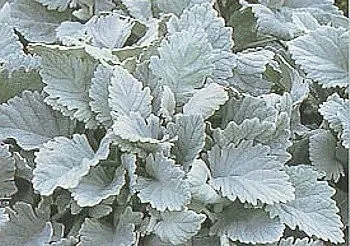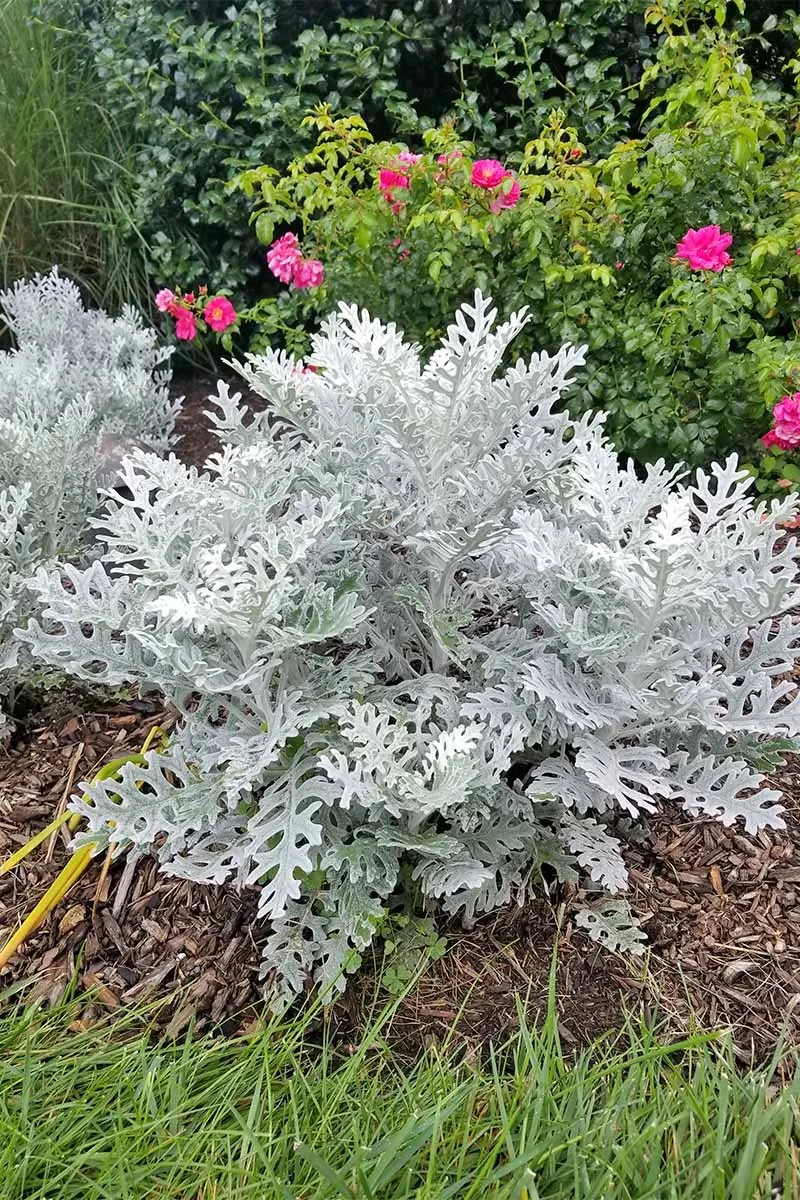One of the great things about living in Gainesville, FL climate is that we can fill our landscape with beautiful blooms year-round. To get the most impact we recommend adding some annuals to your yard that will really stand out over the colder months, and look great over the busy holiday season. October is the perfect month to get started on replacing or creating annual beds in your yard, giving them plenty of time to look spectacular for the holidays!
Today we will talk about 6 tried-and-true Gainesville performers. Low maintenace, reliable, and pretty tough to kill! With just a little care and water, these 6 specimens will look great through the cold season.
Flowering Kale
Ornamental kale (and their cousin, ornamental cabbage) display as showy bright rosettes and do not form the tight heads we see on these plants in grocery stores. Both kale and cabbage can be used reliably as a bedding plant in the fall and into early spring although some die-back may occur if we get a very cold winter. When flowers begin to appear, it is time to remove the plants and replant with something that likes our warm weather better! You can actually eat them, but they're really grown for their pretty leaves and make a real statement in your landscape beds.
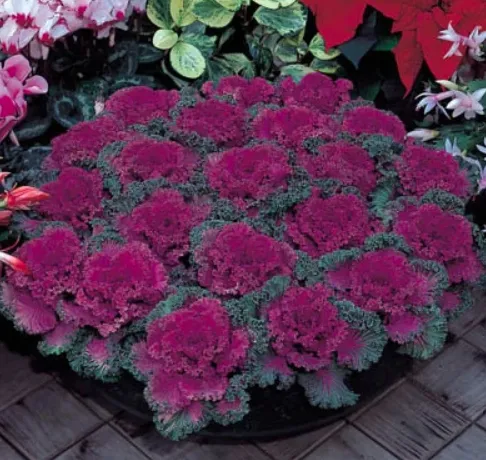
Petunia
In Florida, petunias are a popular winter annual. Their long flowering period, the wide array of colors and forms available, and the ease with which they grow make them a favorite among gardeners. Petunias are one of the most popular garden flowers for both borders and containers. They are prolific bloomers, although some forms require deadheading to keep them going. Petunia flowers are also incredibly variable in terms of size, shape, hue, and color pattern; some petunias even have sweet fragrances. While some varieties have small flowers, only about an inch in diameter, others have flowers as large as 6 inches across. Flowers can be ruffled, fringed, or double, in almost any color imaginable. Some flowers will be one solid color while others have contrasting veins or edges, and in some varieties the flower even has a star pattern. This variety of petunias makes them quite versatile in the landscape. They can be used for color masses, in containers, hanging baskets, or as a seasonal groundcover.
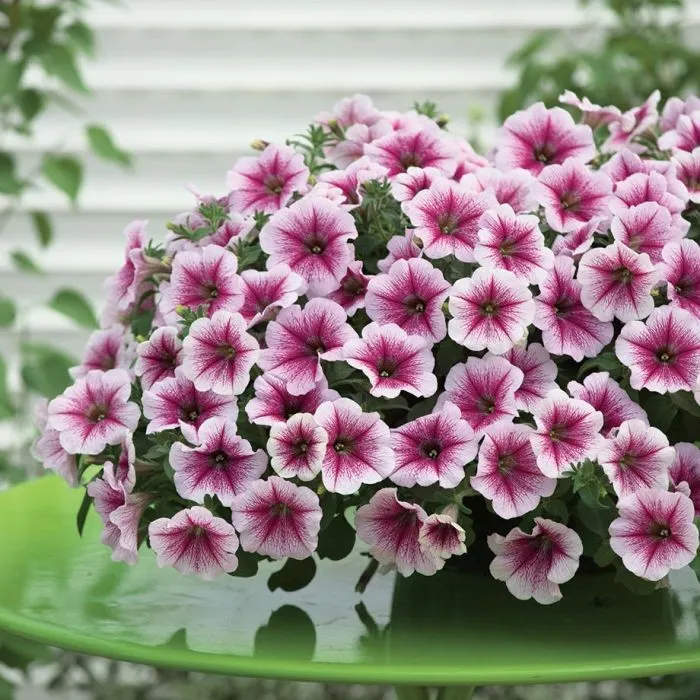
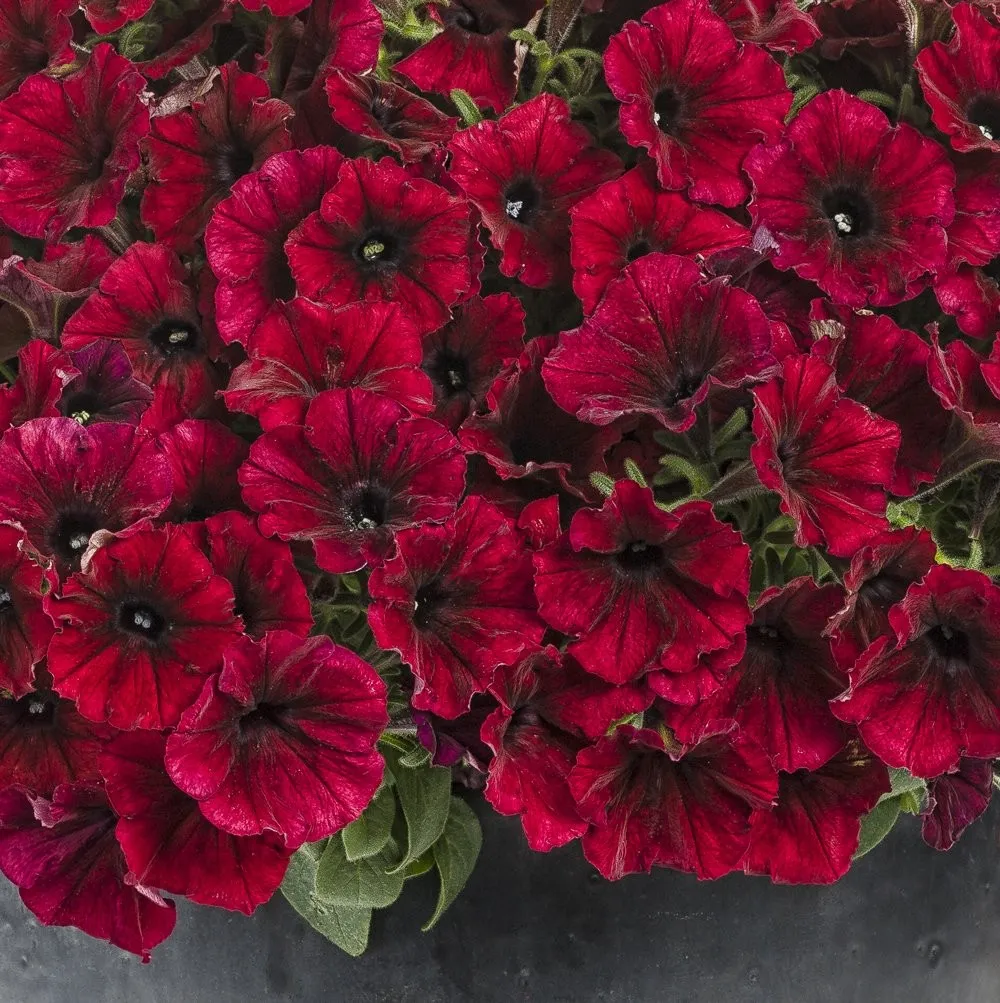
Snapdragon
An classic cottage garden flower that produces small clusters of flowers on a tall, sturdy stalk. Name a color and there is most likely a variety that blooms in that shade: pink, red, white, yellow, orange, purple, multicolor, speckled. The list goes on! A snapdragon can grow as tall as 3 feet or be as compact as 8 inches, depending on whether it’s a giant or a dwarf variety, with the most common varieties falling somewhere in between. Plant snapdragons in full sun and well-drained, moist soil. After the root systems get established, give snapdragons 1 inch of water per week and remove the spent blooms to keep them flowering. You may want to cover these plants on the coldest night to ensure they are not damaged by frost.
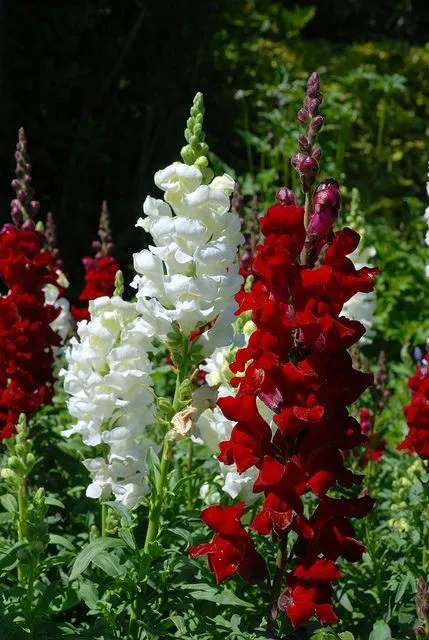
Pansy / Viola
Pansies and violas are charming cold-tolerant annuals that you can plant in winter and enjoy through spring. Viola flowers are small—typically less than an inch across—while pansy flowers can be two to three inches wide. Pansies and violas come in a range of colors, including red, white, purple, yellow, and apricot. Because they're compact plants, pansies and violas are fantastic in borders, containers, and window boxes. They're also edible These are a favorite of mine for their durability and resilience. Plant in a well-drained, rich soil where they'll receive plenty of sun, and irrigate them only as needed.
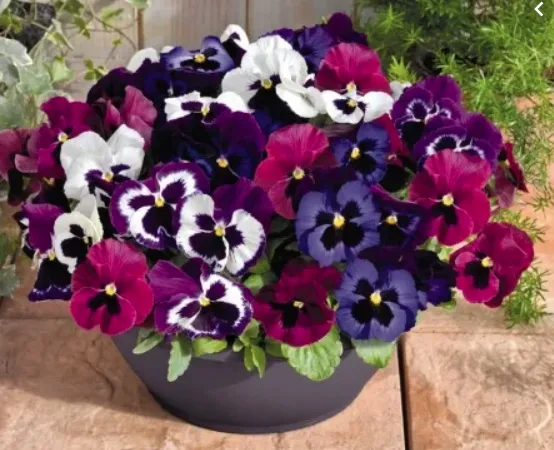

Dianthus
Dianthus are lovely plants with great delicate fringed flowers that can be used in borders or containers, and make great bedding plants when massed together. Most commonly found in shades of pink, this reliable bloomer will give you flowers through the winter and into a good part of spring, they are ready to be replaced when temperatures rise in April or even possibly May. The plants are small and usually between 6 and 18 inches tall. Instructions on how to care for dianthus are very straightforward. Water the plants when dry and apply fertilizer every six to eight weeks. Deadhead these plants regularly to encourage blooming.
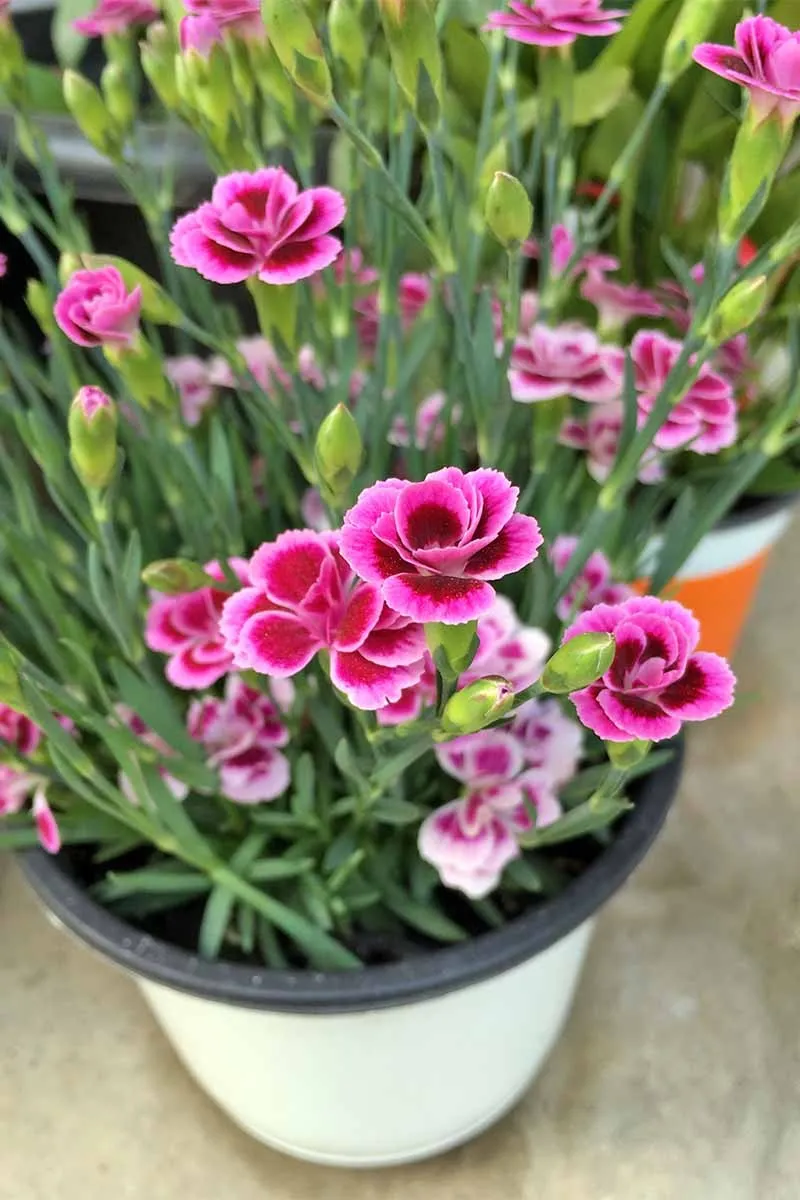
Dusty Miller
The last annual we are going to mention is not grown for its flowers but for its beautiful soft and silvery foliage. Reaching 12 to 18 inches in height, dusty miller is ideal for neat edgings or for breaking up groups of flower color. Dusty miller should be grown in full sun or very light shade in well-drained soil and occasionally trimmed if plants become leggy. Plants are fairly drought tolerant and should not be over-watered.
